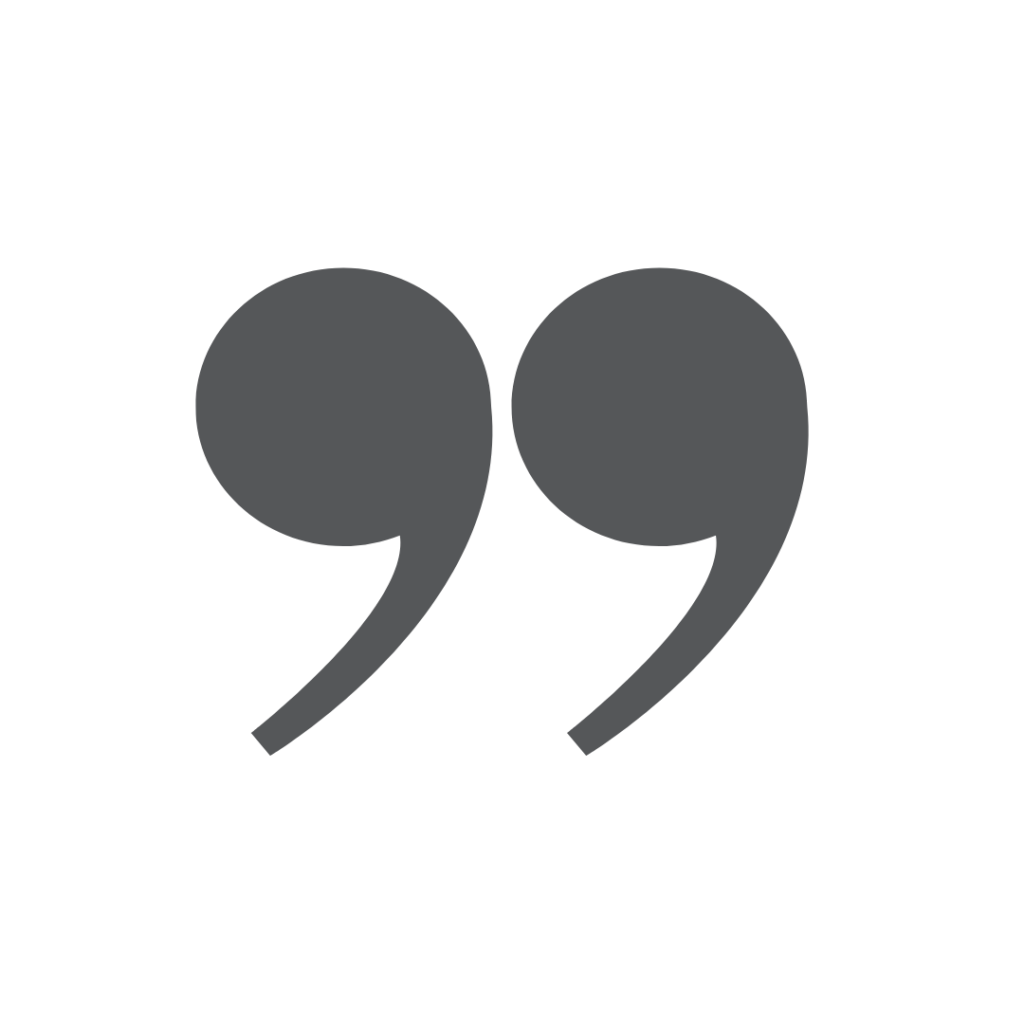Ditch the Clip: PBIS Alternatives to the Clip Chart

You can’t teach children to behave better by making them feel worse. When children feel better, they behave better.
– Pam Leo

INTRO
Clip charts have been a common classroom strategy for many years. Once considered an effective tool for displaying behavioral progress and adherence to classroom rules, they may not be as helpful as once thought. This strategy is inconsistent with a PBIS approach and, more importantly, can be harmful. This resource from The Center on PBIS provides alternative strategies that are evidence-based and more likely to improve student behavior while promoting a safe, positive classroom.
OBJECTIVES
- Understand why clip charts are ineffective, and even harmful, in fostering positive student behaviors
- Review and consider the six alternatives to clip charts provided by The Center on PBIS
- Plan for the implementation of clip chart alternatives in classrooms/schoolwide at your site
What are Clip Charts?
Clip charts are visual cues (e.g., posters) that show feedback about the level of behavior performance for students in the classroom. In typical clip charts, each student has a clothespin with their name on it, and they can be “clipped” between green (acceptable), yellow (improvement needed), and red (unacceptable) zones on a poster. Similarly, a behavior pocket chart might show green, yellow, and red cards for each student. In any of these systems, each student’s level is displayed publicly, and changes are often announced to the whole class.
Why Do People Think Clip Charts are a PBIS Practice?
Clip charts may seem to be a PBIS practice because they have green, yellow, and red colors, which match the colors of the triangle. They also can allow for feedback to students and data collection to monitor progress. However, they are not a PBIS practice, and more effective practices can be used in their place.
Why are Clip Charts Not Recommended?
On the surface, clip charts seem like easy ways to signal when students are engaging in unwanted behavior, and they may initially appear effective, because changing a student’s level can be associated with an immediate decrease in unwanted behavior. However, in the long run, they have several negative side effects:
- Ineffective in changing behavior class-wide
- Contribute to labeling and stigmatization
- Focus on public corrections
- Intensify anxious behavior and decrease engagement
- Provide class-wide attention for unwanted behavior
- Don’t teach the right way
6 MORE EFFECTIVE ALTERNATIVES TO CLIP CHARTS
1. Establish positive expectations and routines
Instead of assuming students know what to do, we can define, teach, and practice what we want to see, which is the most effective approach for improving behavior (Lee & Gage, 2020).
See the Center’s Supporting and Responding to Behavior guide for implementing classroom PBIS systems.
2. Start a positive reward system
Create an interdependent group system, where prosocial behavior from any student moves the class one step closer to a social reward (e.g., marbles in a jar earns a free recess or movie when it’s full).
See how to set up the Student/Teacher Game for a more effective way to improve behavior (Wahl, Hawkins, Haydon, Marsicano, & Morrison, 2016).
3. Use the “Praise Around” strategy
When unwanted behavior is observed, look for and praise students who are nearby and doing what is expected. Then, be ready to quickly praise the student when they show expected behavior.
4. Point Positive
Instead of telling student what not to do, we can rephrase it as to be telling what to do. For example, instead of telling students to stop blurting out answers, we might remind them to raise their hands and wait to be called upon.
5. Intervene instructionally but privately
Address unwanted behavior privately with the student to teach and practice the expected behavior. Assume they don’t know what to do before assuming they are intentionally misbehaving. Most importantly, provide meaningful positive feedback immediately and frequently when the expected behavior is observed.
6. Teach emotional regulation skills
Teach students to identify difficult situations (e.g., difficult work, being teased) and cues (e.g., anger, fear, distracted, sadness) that lead to unwanted behavior and replace it with effective coping behavior (e.g., taking three belly breaths, asking for a break, rehearsing a verbal statement). Practice when they are calm and receptive, then coach to recognize their emotions and use a calming routine (Renshaw, Bolognino, Fletcher, & Long, 2015).
TIPS
Not every clip chart alternative works in every situation or for all students, and many times, employing more than one strategy will be more effective. When planning for PBIS strategy implementation, ensure there is flexibility for teachers to employ—and modify, as needed—the strategies that work best for them, their classroom, and their students. The same applies for schoolwide PBIS initiatives.






I love that the toolkit not only gives the research/whys behind why NOT to use the clip system but also gives great replacement resources. I would use both the “whys” and the resources.